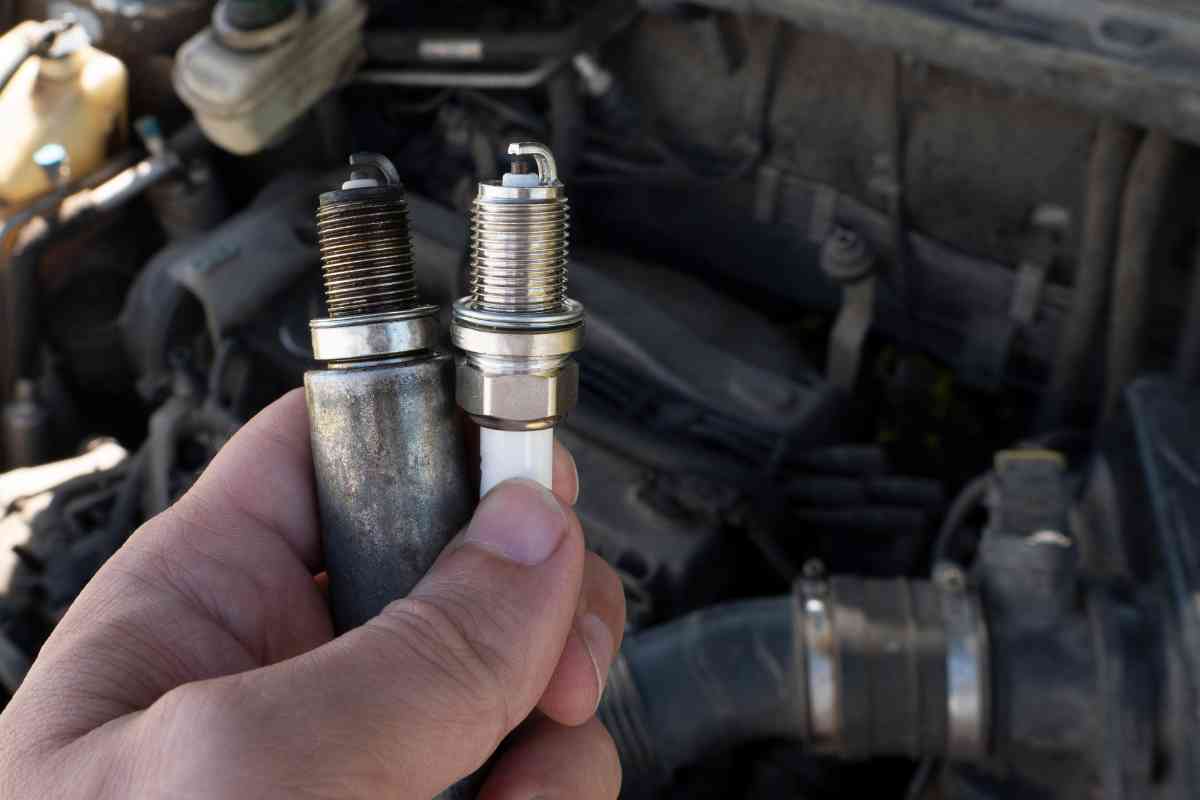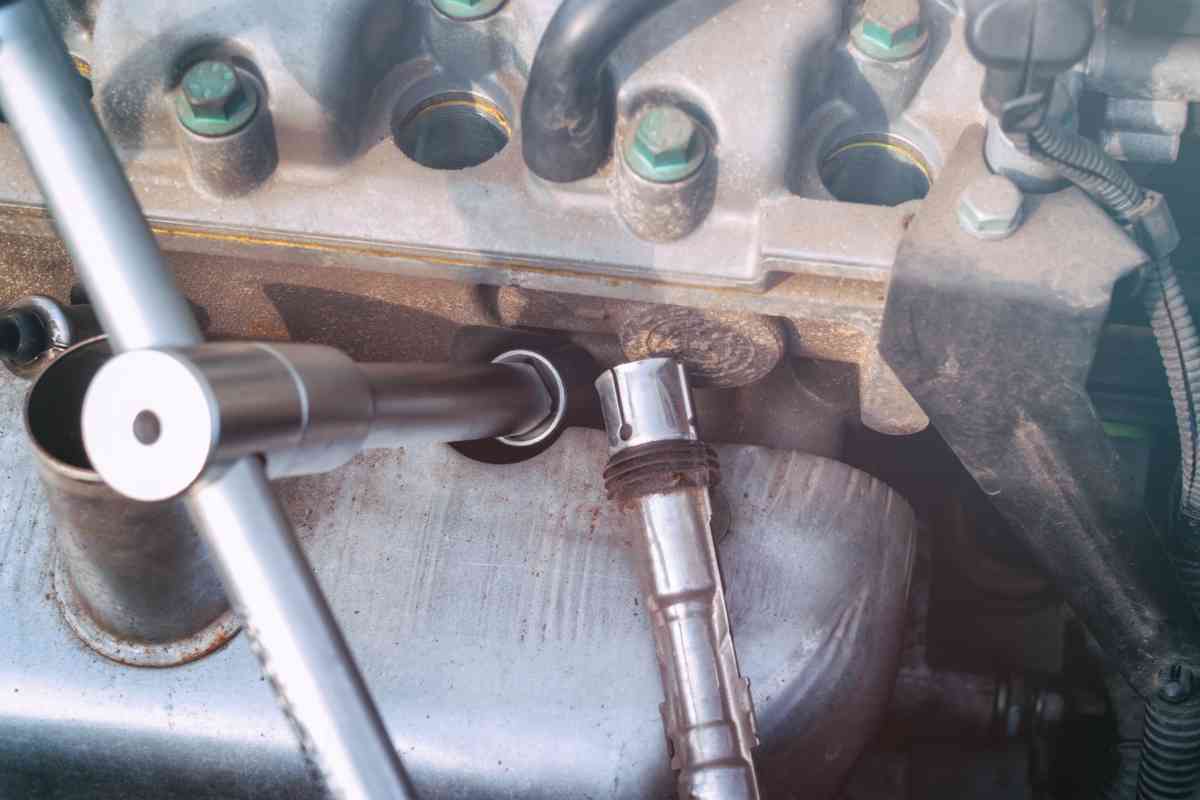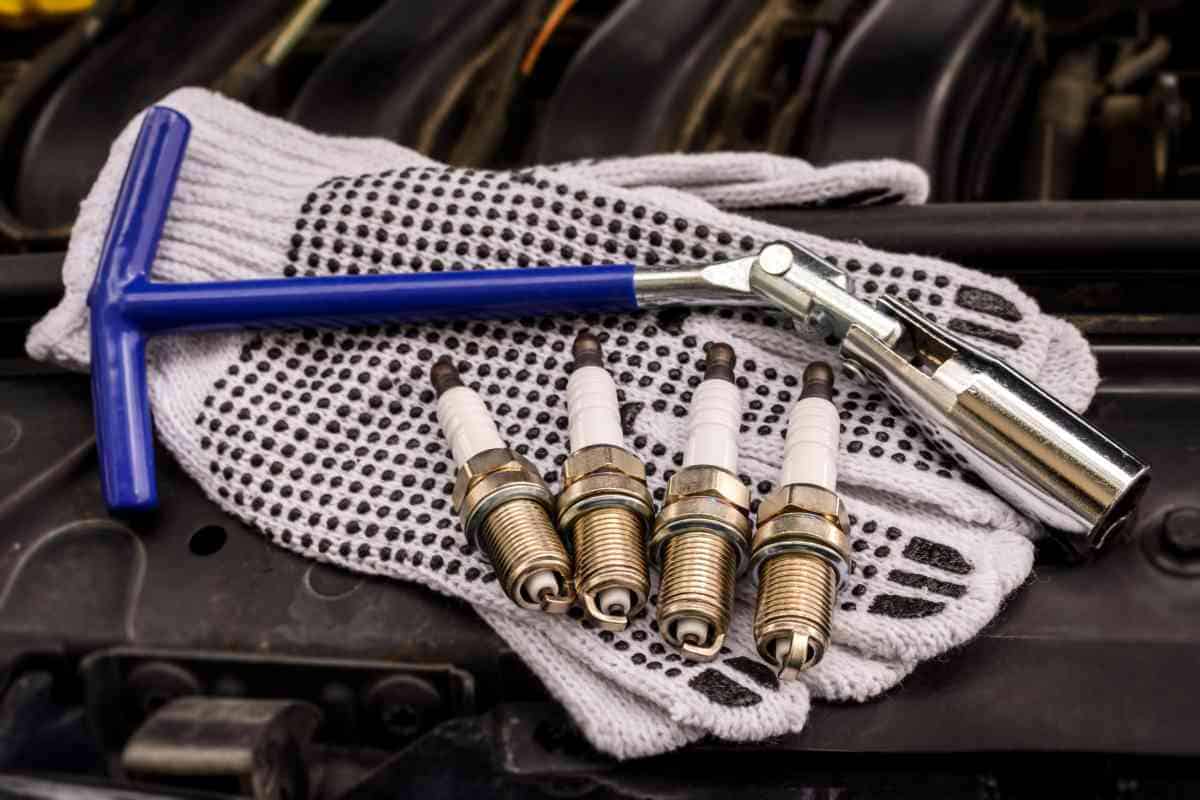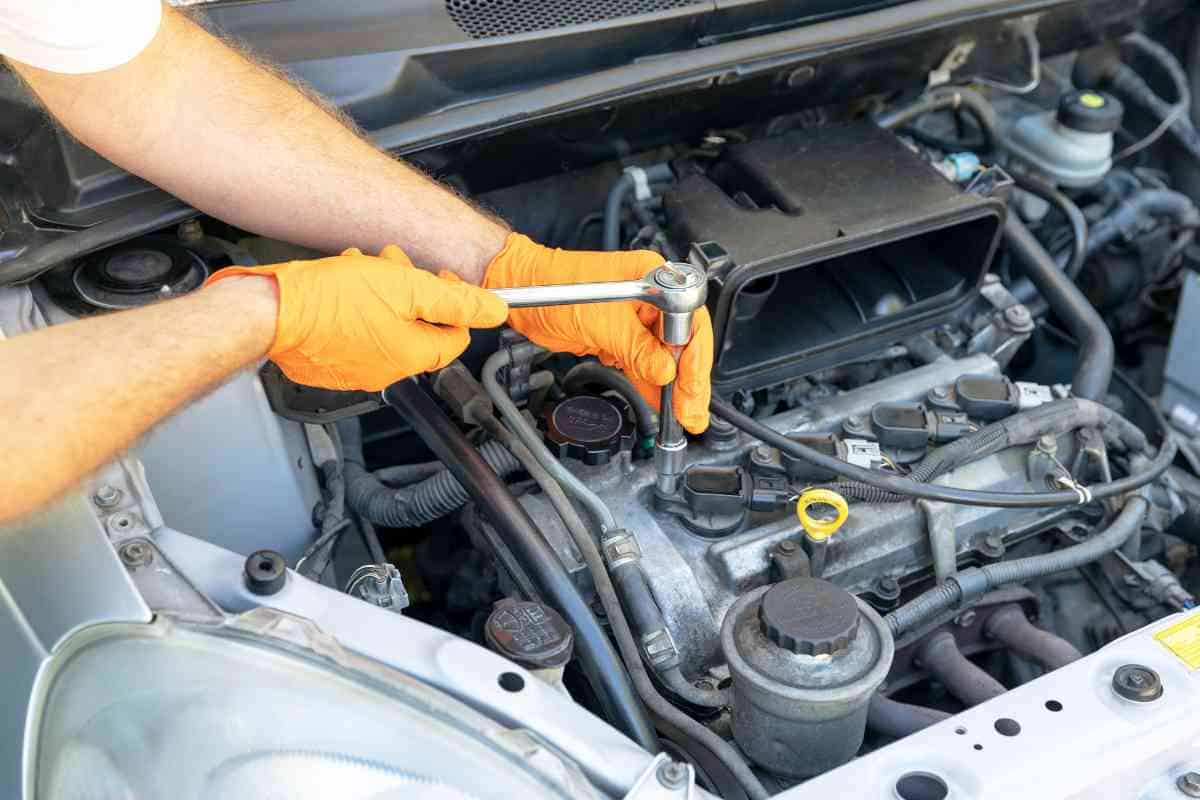Understanding and Replacing Spark Plugs: Your Essential Guide to Maintaining Engine Health
Understanding the role of spark plugs in your vehicle’s engine is crucial for maintaining its performance and efficiency. These small but essential components are responsible for igniting the air-fuel mixture in the cylinders, powering the engine. Properly functioning spark plugs ensure smooth starts and optimal fuel efficiency. However, over time, spark plugs can wear out, become fouled, or fail, leading to engine misfires, poor acceleration, and increased fuel consumption.

Related Post! Can I Use Dielectric Grease On My Spark Plugs?
How Do You Replace A Car’s Spark Plugs?
To replace a car’s spark plugs, first ensure the engine is cool. Disconnect the battery and remove any components blocking access. Carefully detach the spark plug wires, use a spark plug socket to unscrew the old plugs, check and adjust the new plugs’ gap, and screw them in by hand before tightening with a torque wrench.
Often overlooked, replacing spark plugs is a straightforward yet significant task that can prevent major engine problems and enhance vehicle reliability. This not only improves performance but also helps avoid costly repairs. For DIY enthusiasts, changing spark plugs is an achievable task that requires just a few basic tools.
By understanding the importance of spark plugs and mastering their replacement, you can ensure that your vehicle remains reliable and efficient. Regularly inspecting and replacing spark plugs is a wise practice in routine vehicle maintenance, whether you aim to boost performance or simply maintain your vehicle’s condition.
Essentials of Spark Plugs

Spark plugs are key to a vehicle’s engine, ensuring reliable starts and efficient fuel combustion. Here’s a deeper dive into their significance:
Function of Spark Plugs: The main role of spark plugs is to ignite the air/fuel mixture within the engine’s combustion chambers. This timely spark is crucial for smooth and efficient engine operation. Without it, vehicles would struggle to start or continue running.
Types of Spark Plugs: Spark plugs come in various types, each suited to different engine specifications and performance requirements:
- Copper: Offers the best conductivity but has a shorter lifespan.
- Platinum: Provides greater durability than copper and is suited for high-performance engines.
- Iridium: Offers the longest lifespan and highest performance but at a higher cost.
Symptoms of Faulty Spark Plugs: Identifying the signs of failing spark plugs can save time and money. Look out for these symptoms:
- Misfiring Engine: Characterized by sudden jolts during acceleration.
- Rough Idling: Noticeable through an uneven or rough sound when the engine is idling.
- Reduced Fuel Economy: An increase in fuel consumption can indicate worn spark plugs.
- Difficulty Starting: Problems with starting the vehicle are often due to issues with the spark plugs.
By staying informed about the health and function of your spark plugs, you can maintain your vehicle more effectively and ensure it runs smoothly for years to come.
Tools and Materials

Before diving into replacing spark plugs, it’s crucial to gather all necessary tools and materials to ensure the job goes smoothly without any interruptions. Being fully prepared allows you to efficiently handle the task from start to finish on your first try.
- Socket/Ratchet Set: An indispensable tool for any mechanic. Make sure you have a spark plug socket with a rubber insert to securely grip the plug.
- Spark Plug Gap Tool: Essential for checking and adjusting the gap on your new spark plugs to ensure they match manufacturer specifications.
- Torque Wrench: Helps apply the exact amount of torque to avoid over-tightening, which could damage the spark plugs or the threads in the engine block.
- Anti-Seize Compound: A useful product to prevent the spark plugs from seizing up in the cylinder head, making them easier to remove when necessary.
- Dielectric Grease: Apply this to the spark plug boots to help prevent misfires and ensure easy removal in the future.
Selection of Replacement Spark Plugs
- Proper Fit: Choose spark plugs that are compatible with your engine’s specifications to ensure optimal performance and fuel efficiency.
- Material: Consider spark plugs made from iridium or platinum for a longer lifespan and better performance, though these are more expensive than traditional copper plugs.
Always consult your vehicle’s manual to select the correct type and model of spark plug. Adhering to the manufacturer’s specifications ensures that the engine runs as intended, keeping your vehicle in top condition.

Preparation for Replacement
Safety should always be your top priority:
- Allow the engine to cool completely before starting to avoid burns.
- Work in a well-ventilated area to prevent inhalation of harmful fumes.
- Wear safety glasses to protect your eyes from any potential flying debris.
Proper vehicle setup is essential for a safe and efficient job:
- Ensure the vehicle is parked on a flat, stable surface.
- Clean the engine area thoroughly to prevent dirt and debris from entering the cylinders.
- Disconnect the battery, starting with the negative post, to eliminate the risk of electrical shocks.
Taking these preparatory steps seriously will facilitate a smoother spark plug replacement process and help prevent any mishaps or damage during the job. This preparation not only ensures a successful installation but also extends the life and performance of your vehicle.
How To Replace Spark Plugs
Accessing the Spark Plugs
Gaining access to the spark plugs is the first step in their replacement. This can vary significantly from one vehicle to another, so it’s crucial to consult the owner’s manual for specific instructions. For instance, in a vintage Mustang, removing a few bolts to take off the air filter may suffice, whereas a modern SUV might require dismantling an entire engine assembly.
Removing the Old Spark Plugs
With clear access, the next step is to carefully disconnect the spark plug wires or coil packs, ensuring not to damage any components. Using the correct size spark plug socket, turn the old spark plugs counterclockwise to unscrew them. A socket with a rubber insert is particularly helpful as it grips the plug, preventing it from dropping into the engine bay. Once loose, remove the plugs and inspect their condition to assess your engine’s health.
Related Post! How To Remove Stuck Spark Plugs
Installing New Spark Plugs
Installation of new spark plugs requires precision and attention to detail to ensure optimal engine performance:
- Prepare the Workspace: Start with a clean area to avoid debris entering the engine cylinders.
- Hand Installation: Begin by threading the new spark plugs by hand to prevent cross-threading.
- Torque to Specification: Using a torque wrench, tighten the spark plugs to the manufacturer’s specified torque. This is critical as over-tightening can damage the engine, while under-tightening may cause poor performance.

Spark Plug Gap Adjustment
Before finalizing installation, check and adjust the spark plug gap:
- Find Correct Gap Specification: Refer to your vehicle’s manual for the proper gap measurement.
- Adjust with Gap Gauge: Use a gap gauge to measure and adjust the spark plug gap to ensure efficient combustion.
Final Checks and Testing
After installation, perform these checks to ensure everything is in order:
- Secure Connections: Confirm that all ignition wires or coil boots are securely reconnected to the spark plugs.
- Clear the Workspace: Ensure no tools or foreign objects are left in the engine bay.
Start the engine to test; smooth running indicates a successful replacement. If there are issues like misfires, double-check your work.
Maintenance Tips
Maintaining spark plugs is key to vehicle performance:
- Regular Inspections: Check your spark plugs every 30,000 miles for signs of wear such as electrode erosion or insulator cracks.
- Monitor and Record: Keep an eye on the condition of the plugs and log any changes or recurring issues.
Related Post! The Ultimate Car Maintenance Checklist!
When to See a Professional
If you encounter complex issues like oil on the spark plugs or persistent misfires, it’s advisable to consult a professional mechanic. This ensures your vehicle remains in optimal condition and helps in diagnosing more intricate problems.
By adhering to these guidelines, you can extend the life of your vehicle and enjoy smoother, more efficient performance.
